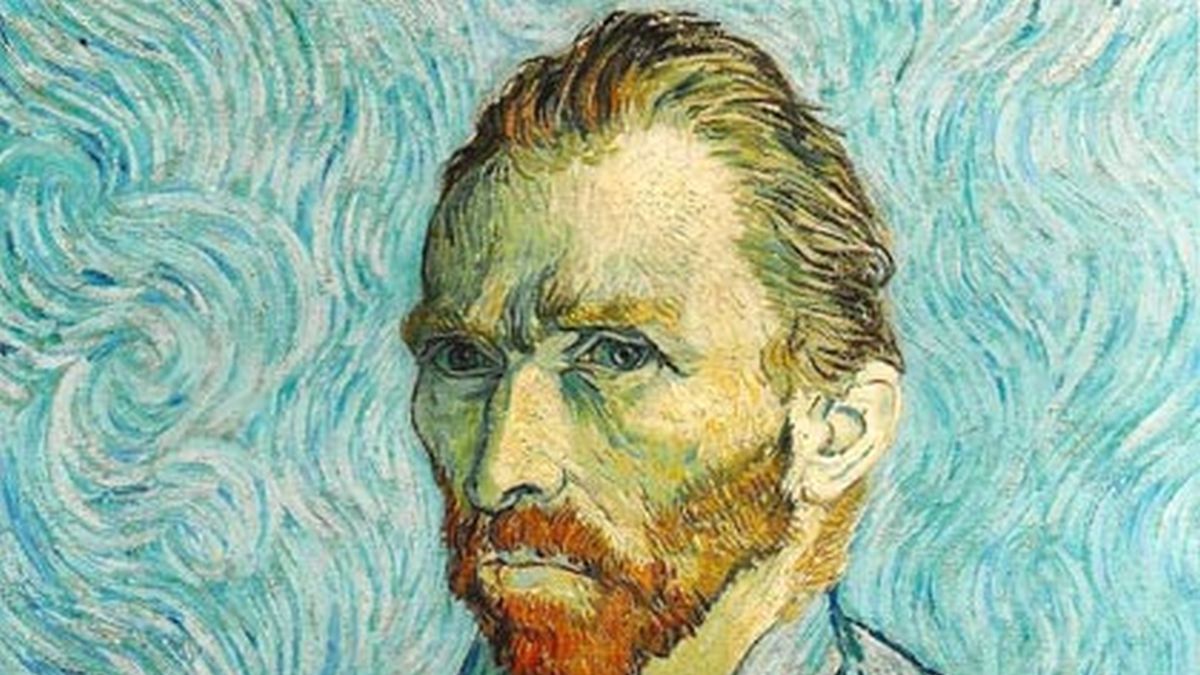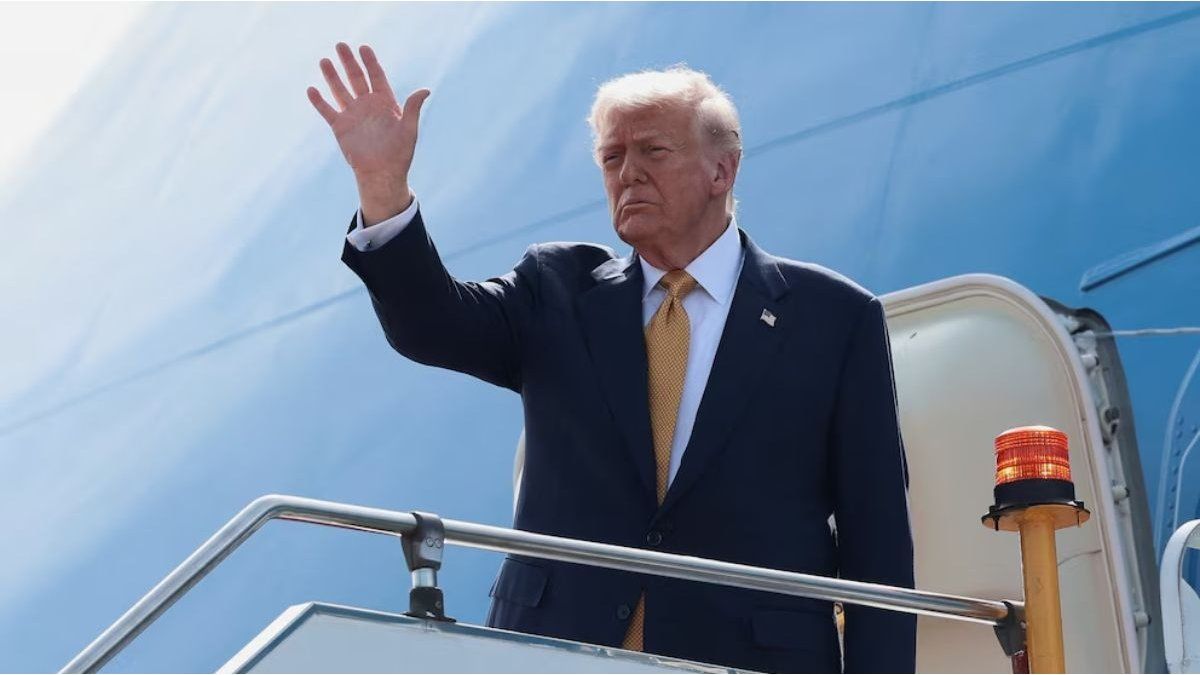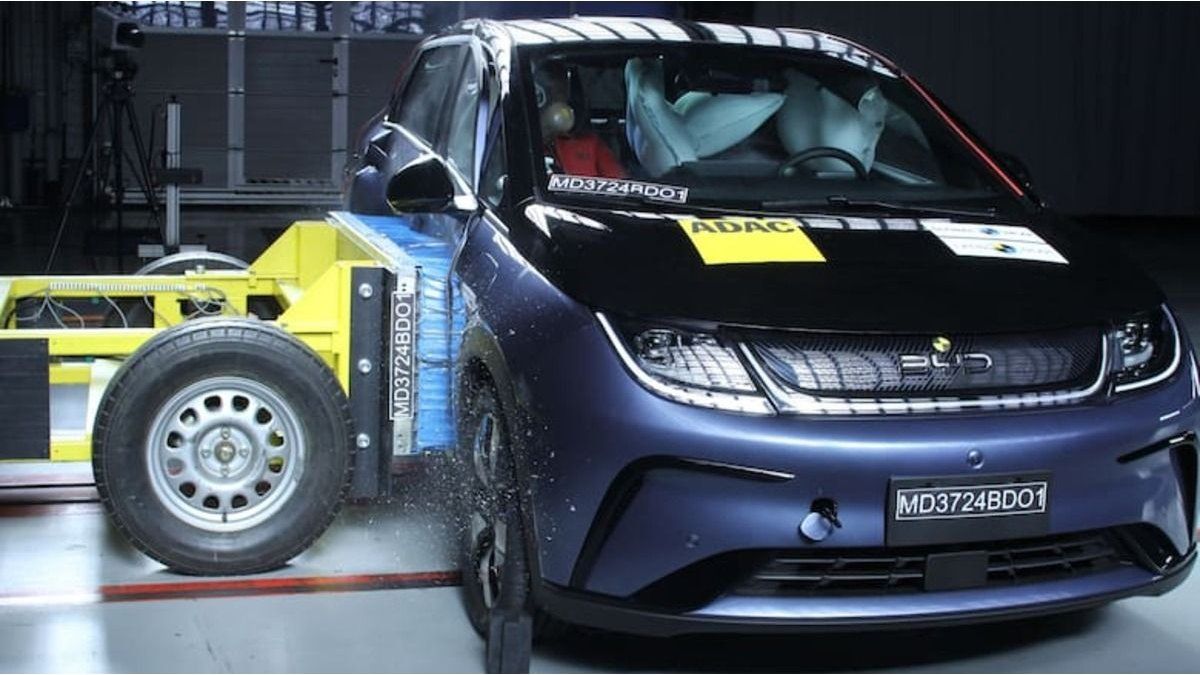Artificial Intelligence never ceases to surprise, on this occasion the D’Orsay Museum in Paris amazes its visitors with an artificial replica of the Dutch painter. The creation is accompanied by an exhibition that brings together the artist’s latest works.
The assembly was carried out by engineers who used artificial intelligence from 900 letters that Van Gogh wrote during the 19th century, also with his biographies, Boujour, Vincent was presented in the museum D’Orsay of Parisan algorithmic recreation of one of the main exponents of post-impressionism who can dialogue with visitors through questions asked by a microphone and a screen.
The replica created through artificial intelligence joins this year’s museum exhibitions in immersive theaters in Miami and Milan where projections of swirling landscapes flourish, from designs with his sneaker works to a collaboration with the Pokémon game franchise.
Van Gogh’s creation with artificial intelligence
The algorithm needed human guidance for the public’s most sensitive questions. “Why did Van Gogh commit suicide?”, is one of the most popular questions that visitors ask through a microphone. In 1980, the painter committed suicide in a wheat field near Auvers.
artificial intelligence.jpg
The algorithm incorporates sensitive questions from the public, such as the cause of Van Gogh’s suicide.
As the museum explained to The New York Times, “hundreds of visitors asked that morbid question.” However, “the algorithm is constantly refining the answers, depending on how the question is asked.” In this way, AI developers learned to show resilience messages facing the delicate questions about suicide.
“I would implore this: Hold on to life, because even in the darkest of times, there is always beauty and hope,” said Al Van Gogh. The exhibition has some indirect answers like “Ah, my dear visitor, the subject of my suicide is a heavy burden to bear. In my darkest moments, I believed that ending my life was the only escape from the torment that tormented my mind. I saw no other way to find the peace,” reported The New York Times.
The errors of artificial intelligence in the Van Gogh exhibition
Van Gogh’s answers have spelling errors. Although this is not a system failure. On the contrary, apparent grammatical “errors” were introduced because French was the painter’s second language.
With the participation of the historian Van der Veen, the Van Gogh of artificial intelligence is being perfected. Other errors in Bonjour Vincentfor example, is that offer different answers to the same questionmixing historical facts with irrelevant information.
A pronounced error was when the double named The starry Night as Van Gogh’s favorite work of art, saying it was “a manifestation of my agitated self and my longing for the divine.” The artist referred to this painting as “a study” in which he explored “oversized stars.”
The director of the museum spoke about this creation of artificial intelligence
The director of digital development of the museum, Agnés Abastado, He said that the discussion about development of an algorithm Van Gogh led almost a year. “One of the questions we asked ourselves was at what point was this Van Gogh the real Van Gogh. It was important to show how this technology will not only be a commercial project, but cultural that can improve the exhibition of knowledge”Abasto pointed out.
“We can bring these characters to life, but we don’t try to resurrect them” said Christophe Renaudineau, CEO of Jumbo Mana. “Right now, we are working with historians to ensure that our Van Gogh can be more accurate,” he added.
The museum’s initiative is part of a general effort to affirm its relevance as an institution in modern life, since its entire collection originates in the 19th century. To give this technological leap, the museum partnered with several companies and carries out samples related to this exhibition as a virtual reality experience with “Van Gogh’s palette”.
This is a shared production between the museum, Vive Arts, Lucid Realities and Tournez S’il Plait. The D’Osay Museum will receive a portion of the profits and the team is working on a longer version that It will last 20 minutes and will have global exhibition distribution.
“When it’s Van Gogh, people like it,” said the director, the main objective is “make the collection speak to everyone.”
Source: Ambito




